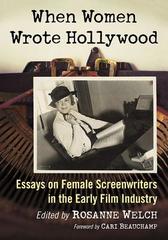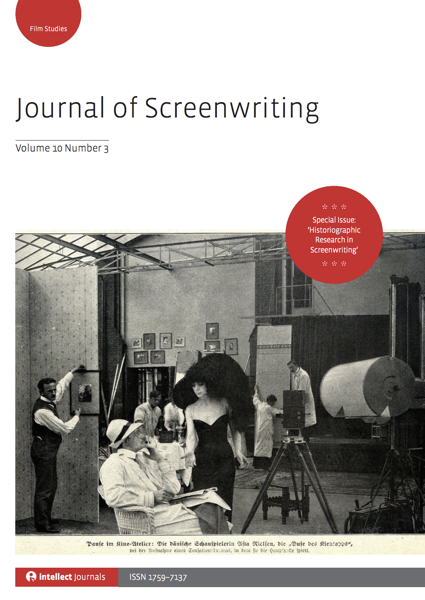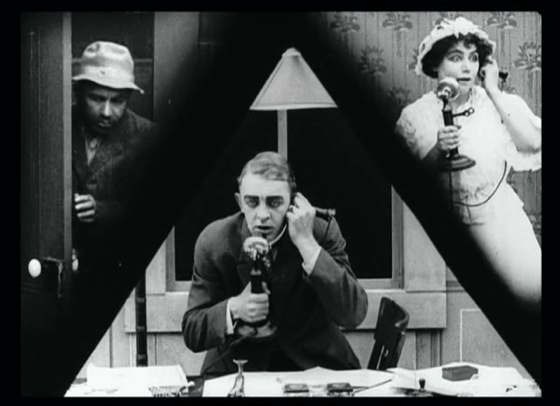
Min and Bill is a 1930 American Pre-Code comedy-drama film starring Marie Dressler and Wallace Beery, and based on Lorna Moon’s 1929 novel Dark Star, adapted by Frances Marion and Marion Jackson. The film tells the story of dockside innkeeper Min’s tribulations as she tries to protect the innocence of her adopted daughter Nancy, all while loving and fighting with boozy fisherman Bill, who resides at the inn.
Min and Bill stars Marie Dressler (Min), Wallace Beery (Bill), Dorothy Jordan (Nancy), and Marjorie Rambeau (Bella, Nancy’s ill-reputed mother), and was directed by George W. Hill. Dressler won the Academy Award for Best Actress in 1931 for her performance in this film.[2]
This film was such a runaway hit that it and its near-sequel Tugboat Annie, which re-teamed Dressler and Beery in similar roles, boosted both to superstar status. Dressler topped Quigley Publications’ annual Top Ten Money Making Stars Poll of movie exhibitors in 1933, and the two pairings with Dressler were primarily responsible for Beery becoming MGM’s highest-paid actor in the early 1930s, before Clark Gable took over that crown; — Wikipedia
More about Lorna Moon
- Read more about this screenwriter in When Women Wrote Hollywood
- Like When Women Wrote Hollywood on Facebook
- Min and Bill (1930) on IMDB
- Min and Bill (1930) on Wikipedia
- Lorna Moon on IMDB
- Lorna Moon on Wikipedia
Buy “When Women Wrote Hollywood” Today!
Paperback Edition | Kindle Edition | Google Play Edition
Help Support Local Bookstores — Buy at Bookshop.org
* A portion of each sale from Amazon.com directly supports our blogs
** Many of these books may be available from your local library. Check it out!
† Available from the LA Public Library


![30 Michael Wilson – Censored from Why Researching Screenwriters (has Always) Mattered [Video] (34 seconds)](https://rosannewelch.com/wp-content/uploads/2020/10/rmw-sao-paolo-30.png)




